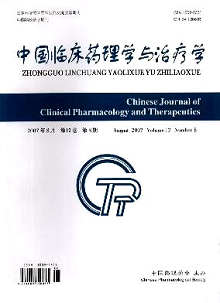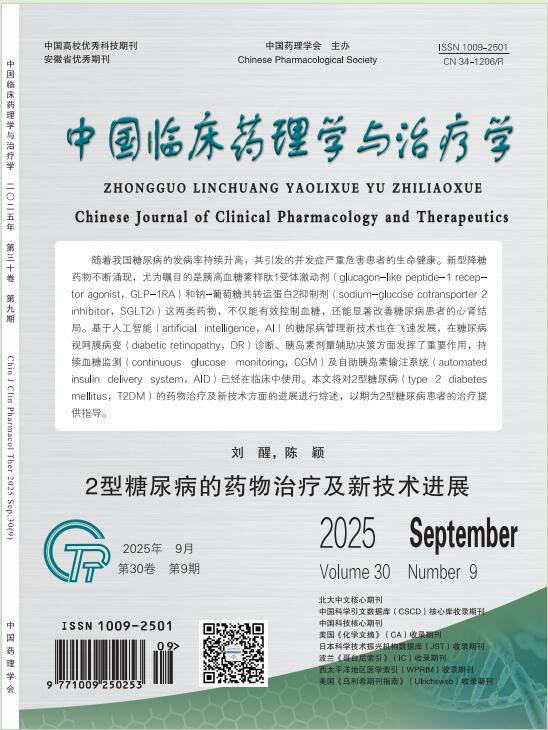Clinical significance of alpha-fetoprotein detection in HBV infectious related diseases
LU Hai-ying, ZENG Zheng, TIAN Di, CUI Jian-jun, TIAN Guo-bao, TIAN Xiu-lan, YU Min, QIN Xiao-qin
2007, 12(8):
939-942.
 Asbtract
(
181 )
Asbtract
(
181 )
 PDF (162KB)
(
1490
)
References |
Related Articles |
Metrics
PDF (162KB)
(
1490
)
References |
Related Articles |
Metrics
AIM: To analyze the clinical significance of alpha-fetoprotein(AFP) detection inHBV infectious related diseases. METHODS: The AFP levels in the patients with hepatocellular carcinoma(290 cases), liver cirrhosis(333 cases), chronic hepatitis B (CHB) (361 cases), asymptomatic HBV infection(113 cases) and normal individuals (240 cases) were detected.The logistic regression assay was used to predict the dependent variables which were related to the elevation of AFP. RESULTS: The rates of AFP>20 ng/mL in the five groups were 70.7%, 44.4%, 16.3%, 2.7% and 0%, respectively.The rates of AFP>200 ng/mL were 46.6%, 9.3%, 1.7%, 0.9% and 0%, respectively.The rates of AFP>400 ng/mL were 37.4%, 4.8%, 0.8%, 0% and 0%, respectively.The rates of AFP>1 000 ng/mL were 26.6%, 1.5%, 0.6%, 0% and 0%, respectively. The results of multinomial logistic regression analysis predicted that the variables of age, alcohol drinking quantity and time, CHB, AST, ALT were related to the presence of AFP>20 ng/mL.CHB was related to the presence of AFP>200 ng/mL.AST was related to the presence of AFP>400 ng/mL, and total bilirubin and direct bilirubin were related to the presence of AFP>1 000 ng/mL. CONCLUSION: There are different clinical significance of the AFP levels in different HBV infectious related diseases. The level of AFP is influenced by the factors of age, alcohol drinking, CHB, AST, ALT and bilirubin. The level of AFP more than 400 ng/mL is a significant predictor for the development of hepatocellular carcinoma.


